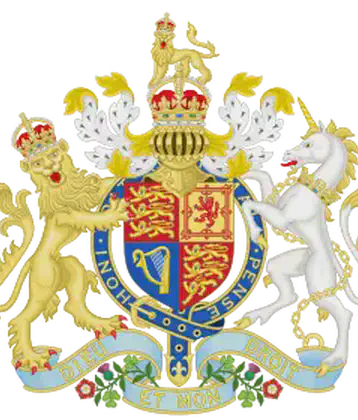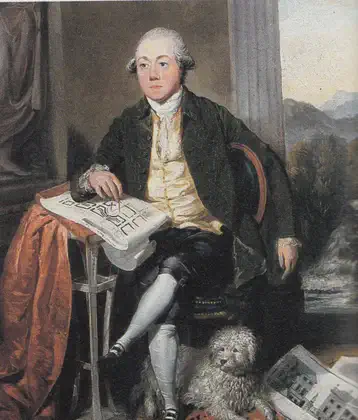On April 17, 1172 in Celtic History
Last day king henry ii holds his court in dublin

The last day King Henry II of England held his court in Dublin was on April 17, 1172. Henry’s involvement in Ireland marked a significant moment in both English and Irish history, initiating the Anglo-Norman presence in Ireland that would have profound and lasting effects on the island’s political, social, and cultural landscapes.
Henry II landed in Ireland in October 1171, following the successful Anglo-Norman invasion led by Richard de Clare, known as Strongbow. This invasion, which had begun in 1169, was partly prompted by Henry’s desire to assert control over the Anglo-Norman lords in Ireland and to extend his dominion beyond England’s borders.
During his time in Ireland, Henry II aimed to consolidate his rule and establish the authority of the English crown. He granted lands to his Norman followers, secured the submission of several Irish kings, and attempted to reorganize the church in Ireland under the authority of the English church. His court in Dublin was a demonstration of his power and an attempt to govern Ireland directly as part of his realm.
Henry’s departure from Ireland in April 1172 marked the end of his direct involvement in Irish affairs, but the legacy of his visit and the Anglo-Norman conquest set the stage for centuries of English involvement in Ireland. The legal and administrative practices introduced by Henry and his successors laid the groundwork for the complex relationship between England and Ireland, characterized by conflict, rebellion, and negotiation for the next several centuries.
More From This Day

Everyone in Britain over the age of 18 was allowed to vote in parliamentary elections
April 17, 1969


Riot by fans after replay of Scottish Cup Final between Rangers and Celtic at Hampden Park.
April 17, 1909




James Craigs winning entry for development of Edinburgh New Town was approved.
April 17, 1766

William Molyneux, statesman, philosopher and scientist, is born in Dublin
April 17, 1656

Edinburgh Castle taken from English, reversing English encroachments against independent Scotland
April 17, 1341